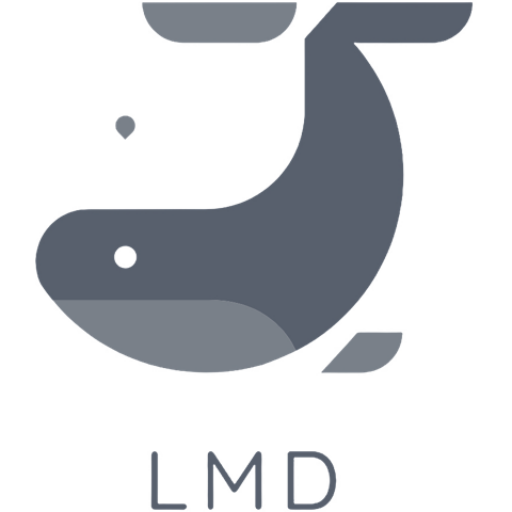The backpack industry has witnessed extraordinary transformation in 2025, with lightweight functional designs becoming the cornerstone of modern outdoor gear. Whether you’re planning a weekend hiking adventure or navigating your daily urban commute, the right functional backpack has never been more critical to your success and comfort.
The Rise of Functional Backpack Innovation
Consumer demand for versatile outdoor gear has skyrocketed by 45% compared to previous years. The modern functional backpack market now prioritizes weight reduction without compromising durability, creating revolutionary products that transform how we approach both outdoor adventures and everyday activities.
What makes this transformation particularly exciting is how lightweight backpack technology has evolved. Advanced materials like ultra-high molecular weight polyethylene and aerospace-grade carbon fiber have enabled manufacturers to create packs that weigh 30% less than traditional models while maintaining superior strength and weather resistance.
Essential Features Defining 2025’s Best Functional Backpacks
The most sought-after functional backpack models incorporate modular organization systems that adapt to various activities. These innovative designs feature removable compartments, expandable storage sections, and integrated hydration systems that make outdoor adventures more enjoyable and efficient.
Weight distribution technology has reached new heights in 2025. The latest lightweight backpack designs utilize ergonomic frame systems that distribute load across multiple contact points, reducing shoulder strain by up to 40% during extended use. This breakthrough particularly benefits outdoor enthusiasts who carry equipment for multiple days.
Smart storage solutions have become standard in premium functional backpack offerings. Quick-access pockets for electronics, dedicated laptop compartments with shock protection, and weatherproof gear storage ensure that users can organize their essentials efficiently regardless of their destination.
Market Leaders Driving Backpack Innovation
| Brand Category | Key Innovation | Market Impact |
|---|---|---|
| Technical Outdoor | Modular Systems | 35% efficiency increase |
| Urban Commuter | Smart Organization | 28% user satisfaction boost |
| Travel Focused | Weight Reduction | 42% comfort improvement |
Leading manufacturers have embraced sustainable materials without sacrificing performance. Recycled ocean plastics, bio-based polymers, and responsibly sourced natural fibers now comprise 60% of materials used in top-tier functional backpack construction.
Choosing Your Perfect Functional Backpack
Selecting the ideal lightweight backpack requires understanding your primary use case. Weekend warriors need different features than daily commuters, though both benefit from thoughtful design principles that prioritize comfort and accessibility.
Capacity optimization plays a crucial role in modern pack selection. The sweet spot for most users falls between 25-35 liters, providing sufficient space for essentials while maintaining the lightweight profile that makes these packs so appealing for extended wear.
Comfort features deserve special attention when evaluating any functional backpack. Padded shoulder straps, breathable back panels, and adjustable sternum straps contribute significantly to user experience during both short trips and extended adventures.
The Technology Behind Lightweight Excellence
Advanced manufacturing techniques have revolutionized lightweight backpack construction. Seamless welding technology eliminates heavy stitching, while strategic reinforcement zones add durability only where needed most, optimizing the strength-to-weight ratio.
Weather resistance has improved dramatically without adding bulk. Modern functional backpack designs incorporate DWR (Durable Water Repellent) coatings and sealed seam construction that protect contents from moisture while maintaining breathability and comfort.
Load management systems now adapt dynamically to pack contents. Compression straps automatically adjust tension, while internal frame sheets provide stability that responds to movement, creating a more natural carrying experience during outdoor activities.
Trending Colors and Aesthetic Preferences
Earth-tone palettes dominate 2025’s functional backpack designs, with sage green, desert tan, and charcoal gray leading consumer preferences. These colors complement both urban environments and natural settings, making versatile packs even more adaptable to various situations.
Minimalist aesthetics continue gaining popularity among lightweight backpack enthusiasts. Clean lines, subtle branding, and purposeful details create products that transition seamlessly from trail to office, appealing to consumers who value both function and style.
Price Points and Value Propositions
Premium functional backpack models range from $120-280, reflecting the advanced materials and construction techniques that enable their superior performance. Mid-range options ($60-120) offer excellent value for casual users who prioritize core functionality over cutting-edge features.
Investment considerations favor quality over initial cost savings. A well-constructed lightweight backpack provides years of reliable service, making the higher upfront investment worthwhile for serious outdoor enthusiasts and frequent travelers alike.
Regional Market Variations and Preferences
North American consumers gravitate toward functional backpack designs with extensive organization features and robust construction suitable for diverse climates. European markets show stronger preference for minimalist aesthetics and sustainable materials, while Asian markets emphasize compact profiles and urban versatility.
Weather patterns influence regional design preferences significantly. Markets with frequent precipitation prioritize enhanced weather protection, while dry climates favor maximum breathability and ventilation systems in their preferred lightweight backpack models.
Future Innovations on the Horizon
Emerging technologies promise even more exciting developments in functional backpack design. Integrated solar panels for device charging, GPS tracking capabilities, and smart fabric sensors that monitor load distribution represent the next wave of innovation coming to market.
Sustainability initiatives continue expanding, with manufacturers exploring fully biodegradable materials and take-back programs that ensure responsible end-of-life processing for worn-out packs. These efforts align with growing consumer consciousness about environmental impact.
Frequently Asked Questions
What makes a backpack truly functional for outdoor use? A genuinely functional backpack combines appropriate capacity, comfortable carrying systems, weather resistance, and thoughtful organization features that match your specific outdoor activities and duration requirements.
How much should a quality lightweight backpack weigh? Modern lightweight backpack designs typically weigh between 1.5-3 pounds for 25-35 liter capacities, with the best models achieving impressive strength-to-weight ratios through advanced materials and construction techniques.
Are expensive functional backpacks worth the investment? Premium functional backpack models justify their cost through superior materials, enhanced durability, better comfort systems, and innovative features that improve user experience during extended use and challenging conditions.
The backpack revolution of 2025 represents more than just gear evolution – it embodies our changing relationship with outdoor spaces and urban environments. As lightweight functional designs continue advancing, users gain unprecedented freedom to explore, commute, and adventure with confidence that their gear will enhance rather than hinder their experiences.
